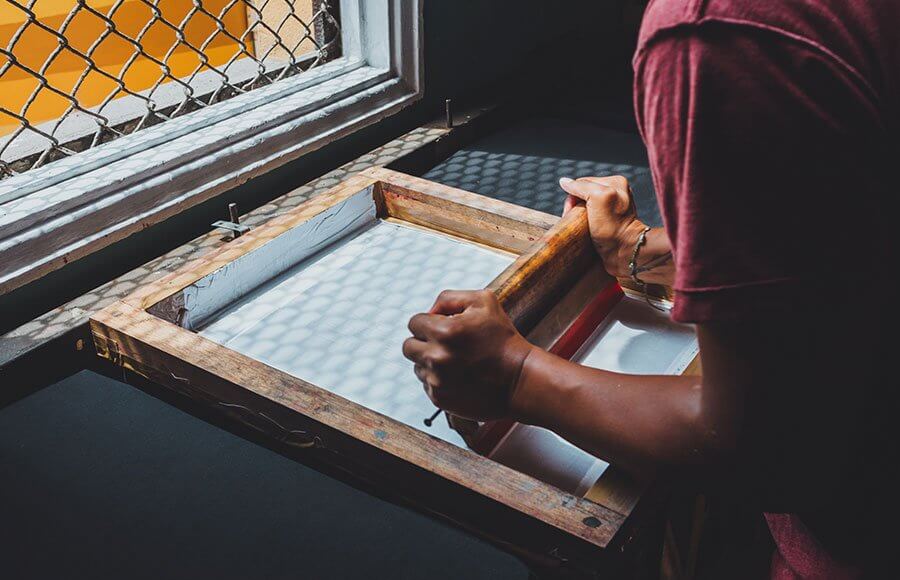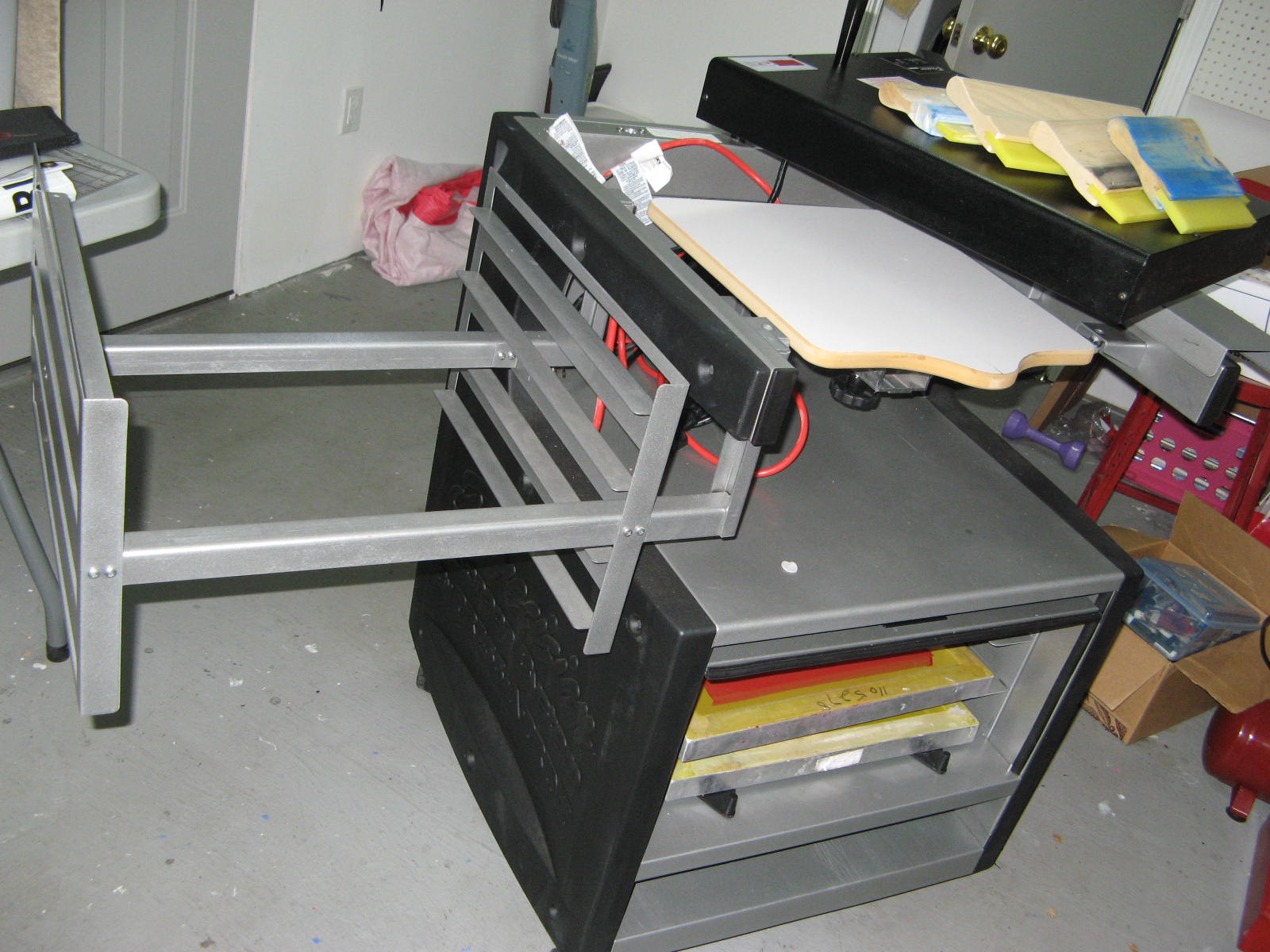



Step 5: As the transfer pad moves forward, the ink cup also moves to cover the engraved artwork area on the printing plate. A small amount of ink remains in the pad printing plate. Step 4: As the transfer pad lifts away, the tacky ink film inside the engraved artwork area is picked up on the pad. As the pad is compressed, it pushes air outward and causes the ink to lift (transfer) from the engraved artwork area onto the pad. Step 3: The transfer pad presses down onto the printing plate momentarily. The top layer of ink becomes tacky as soon as it is exposed to the air that is how the ink adheres to the transfer pad and later to the product to be printed.

Step 2: The closed ink cup moves away from the engraved artwork area, taking all excess ink and exposing the engraved image, which is filled with ink. Step 1: The closed (sealed) ink cup sits over the engraved (etched) artwork area of the pad printing plate, covering the image and filling it with ink. To be able to pad print you need some essential parts: which were not available with traditional printing processes. Thanks to pad printing, it is now possible to print all kind of difficult shaped products such as curved (convex), hollow (concave), cylindrical, spherical, compound angles, textures, etc. If you have severe diabetes or significantly blocked arteries, your doctor may need to read your blood pressure at your big toe (toe-brachial index) to get an accurate test result.Pad printing, also called tampography or tampo printing, is an indirect offset (gravure) printing process where a silicon pad takes a 2-D image from a laser engraved (etched) printing plate (also called cliché) and transfers it to a 3-D object. Your doctor may recommend additional testing, such as ultrasound or angiography, to view the arteries in your legs. An ankle-brachial index number in this range is considered abnormal and indicates a diagnosis of PAD. Your doctor might recommend an exercise ankle-brachial index test. An ankle-brachial index number is this range indicates that you have borderline PAD. But if you have symptoms of PAD, your doctor might perform an exercise ankle-brachial index test. An ankle-brachial index number in this range suggests that you probably don't have PAD. Your doctor uses the blood pressure measurements from your arms and ankles to calculate your ankle-brachial index.īased on the number your doctor calculates, your ankle-brachial index may show you have: Your doctor will discuss your test result with you. You don't need to follow any special precautions afterward. The ankle-brachial index test should take only a few minutes. The device uses sound waves to produce images and allows your pulse to be heard in your ankle arteries after the cuff is deflated. Typically, you lie on a table on your back, and a technician measures your blood pressure in both arms and both ankles, using an inflatable cuff and a hand-held ultrasound device that's pressed on your skin. You likely will be asked to rest for 5 to 30 minutes before the test. You might want to wear loose, comfortable clothing that allows the technician performing your ankle-brachial index test to easily place a blood pressure cuff on your ankle and upper arm. The test is painless and similar to getting your blood pressure taken in a routine visit to your doctor. No special preparations are needed for an ankle-brachial index test. If you have severe leg pain, your doctor may recommend a different imaging test of the arteries in your legs. But this discomfort is temporary and should stop when the air is released from the cuff. You may feel some discomfort when the blood pressure cuffs inflate on your arm and ankle. Request an Appointment at Mayo Clinic Risks


 0 kommentar(er)
0 kommentar(er)
